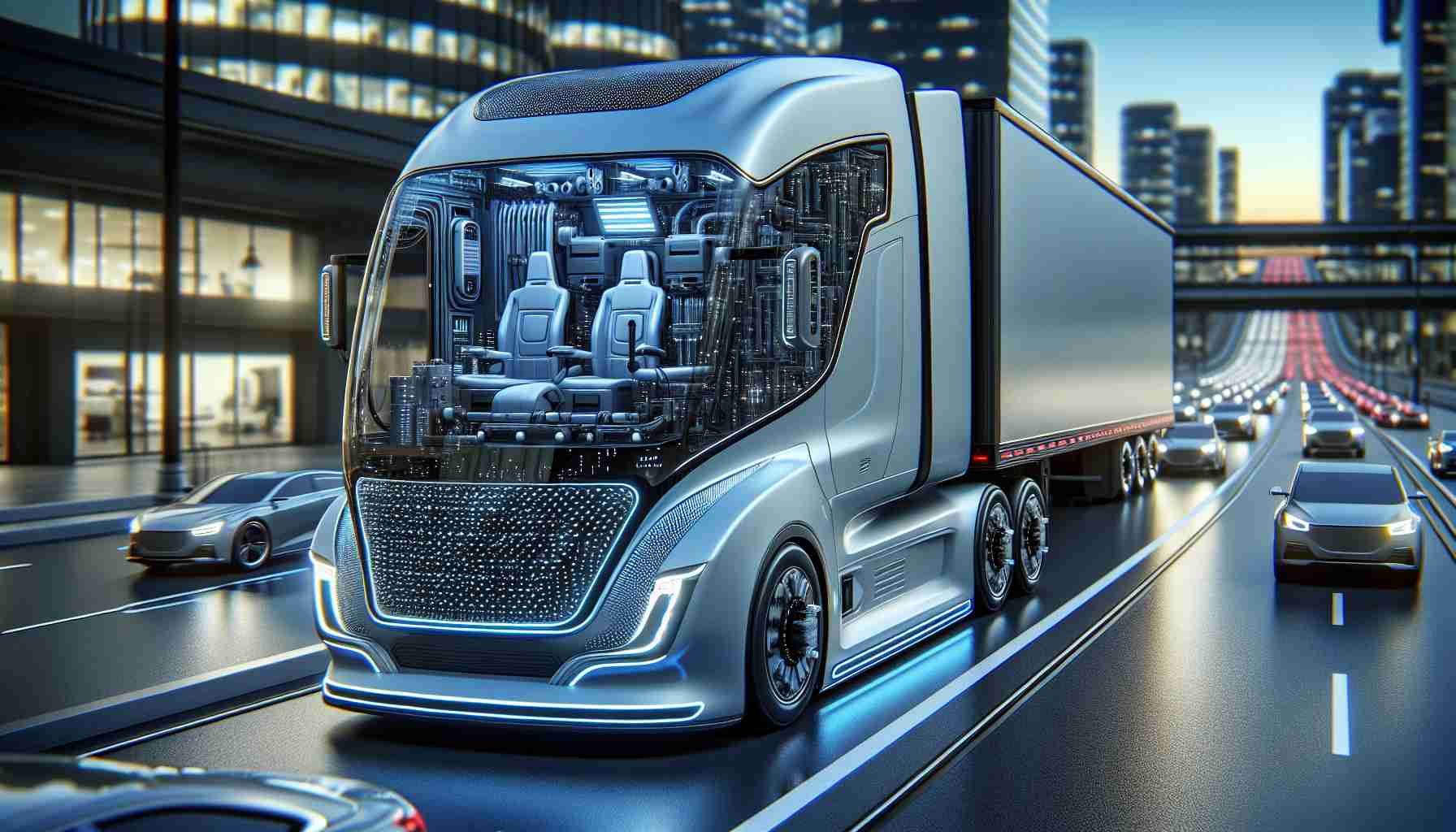- Tesla is set to begin production of the all-electric Semi in 2025, promising to transform the trucking industry.
- The Nevada factory aims to produce 50,000 Tesla Semis annually, marking a significant milestone in sustainable freight.
- Initial high-volume models are expected to begin assembly by late 2025, with ramped-up production in early 2026.
- The Tesla Semi will have a lower total cost of ownership compared to traditional trucks, making it financially appealing for operators.
- Equipped with advanced autonomous driving features, the Tesla Semi is designed for enhanced convenience and efficiency.
- This development represents a major step toward a sustainable future in logistics and transportation.
The future of trucking is electrifying, and Tesla is leading the charge! With the much-anticipated Tesla Semi set to roll into production in 2025, the landscape of transportation is about to transform dramatically. Imagine seeing powerful, all-electric Class 8 trucks gliding silently down the highway—a sight that could soon become reality.
After its reveal in 2017 alongside the next-gen Roadster, Tesla’s Semi has been slowly making its entry into the market, with limited deliveries since its first event in December 2022. However, big changes are on the horizon. Tesla’s state-of-the-art factory in Nevada is gearing up to produce a whopping 50,000 units annually, marking a pivotal moment for sustainable freight.
During a recent earnings call, Tesla’s Vice President detailed exciting updates, confirming that the first high-volume models will hit the assembly line by late this year before ramping up in early 2026. The factory’s infrastructure is nearly complete, with preparations for equipment installation already underway.
Why should operators take notice? The Tesla Semi promises to be a financial game-changer, boasting a total cost of ownership significantly lower than traditional trucks. Additionally, with cutting-edge autonomous driving capabilities, the Semi is positioned to offer unparalleled convenience and efficiency.
As the world shifts toward greener solutions, the Tesla Semi isn’t just a new truck; it’s a revolutionary step toward a sustainable future in logistics. Stay tuned as we witness this electric titan reshape transportation!
Is the Future of Trucking Here? Discover Tesla’s Game-Changing Innovations!
The Future of Trucking: Tesla Semi Takes Center Stage
The arrival of the Tesla Semi marks a significant turning point in the trucking industry, underscoring a broader shift towards electric vehicles (EVs) in logistics. With sustainability at the forefront, the Tesla Semi is positioned to revolutionize freight transportation, not only through its electric capabilities but also via cutting-edge technology and innovative business models.
Insights and Innovations
1. Market Forecasts: Analysts predict that by 2030, the electric truck market could be valued at over $100 billion. The increasing demand for reduced emissions and operational costs will accelerate this growth, with Tesla’s Semi leading the charge.
2. Specifications: The Tesla Semi is designed to handle heavy freight with a range of approximately 300 miles on a single charge, making it viable for many logistics operations. Its impressive powertrain is said to generate 1,000 horsepower, delivering zero to 60 mph in just 20 seconds with a full load.
3. Charging Infrastructure: To support its fleet, Tesla is developing a network of dedicated Tesla Megachargers that can replenish the Semi’s batteries quickly, enabling faster turnaround times for logistics providers.
4. Sustainability: The Tesla Semi’s electric design dramatically reduces carbon emissions compared to diesel trucks. Reports indicate that transitioning to electric trucks could lead to a 70% reduction in greenhouse gas emissions.
5. Security Aspects: Tesla’s focus on software updates means that the Semi can continually improve, including its security protocols, making it safer against cyber threats as well as physical vulnerabilities.
Frequently Asked Questions
1. What are the cost benefits of the Tesla Semi compared to traditional trucks?
The Tesla Semi offers significant cost savings through reduced fuel expenses, fewer maintenance requirements, and lower total cost of ownership. Operators can expect to save an estimated $200,000 in fuel over a million miles compared to diesel trucks.
2. How does the Tesla Semi handle the challenges of long-haul trucking?
With an optimized range of up to 500 miles per charge and the establishment of Megacharger stations, the Tesla Semi is equipped to tackle long-haul distances. This infrastructure will ensure that drivers can efficiently manage routes without extensive downtime.
3. What challenges might Tesla face in the market?
Potential challenges include the initial purchase price and the integration of new charging infrastructure. Furthermore, competition from established truck manufacturers and the need for widespread acceptance of electric freight vehicles will also shape the market dynamics.
Pricing Overview
The Tesla Semi is expected to start at around $150,000 for the 300-mile variant and can reach up to $180,000 for the 500-mile version. With fleets looking to transition to electric, these costs are anticipated to offer attractive return on investment over time.
Conclusion
The Tesla Semi is poised to usher in a new era for the trucking industry, blending performance, sustainability, and cost-efficiency into one revolutionary vehicle. As logistics operators seek greener solutions, Tesla’s innovations could redefine the transport landscape for years to come.
For more details about Tesla and their upcoming innovations, check out Tesla’s official site.


















